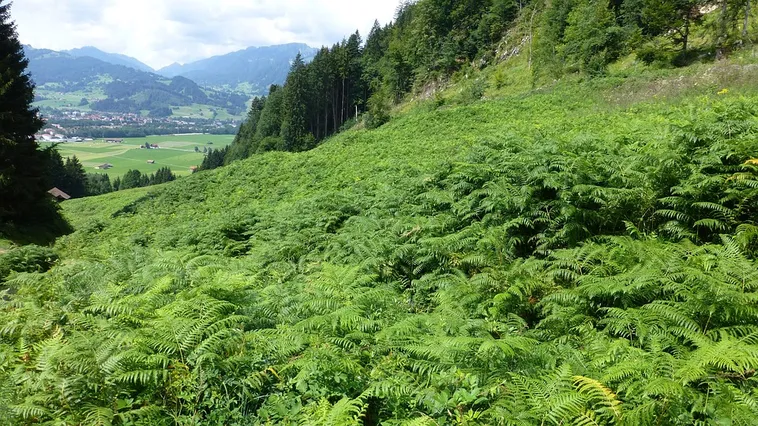Forest Restoration
Since 2012, Fernbank has been actively engaged in ongoing forest restoration projects, supported by dedicated staff, enthusiastic volunteers, and various restoration organizations.
Habitat biodiversity serves as a crucial element of a healthy ecosystem. Unfortunately, the introduction of non-native invasive species, which include both plants and animals, has adversely affected many ecosystems in the Southeast. Commonly referred to as NNIS, these species compete for space and resources, thereby crowding out native species.
In the forest ecosystem of Fernbank Forest, non-native plant species were introduced over time through various mechanisms. Some were introduced naturally through seed dispersal by animals, such as birds or coyotes, while others were accidentally spread from adjacent properties.
The restoration team at Fernbank continuously works to eliminate non-native invasive species from the forest, including plants such as English ivy, liriope, Chinese privet, and Japanese wisteria. By removing these invaders, they allow the native seed bank in the soil to have the space and resources necessary for sprouting and growth.
Additional information can be found in this blog post.




